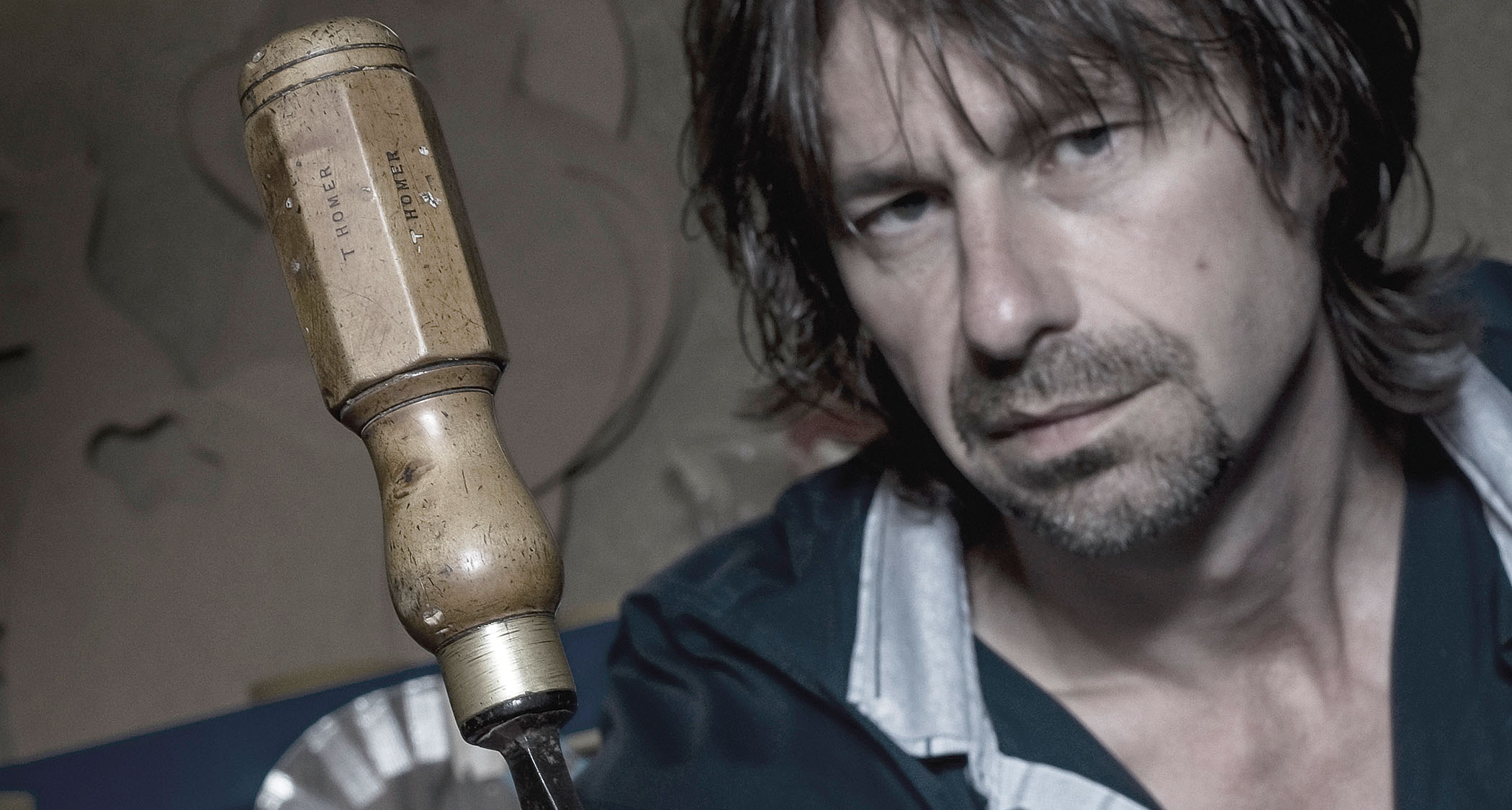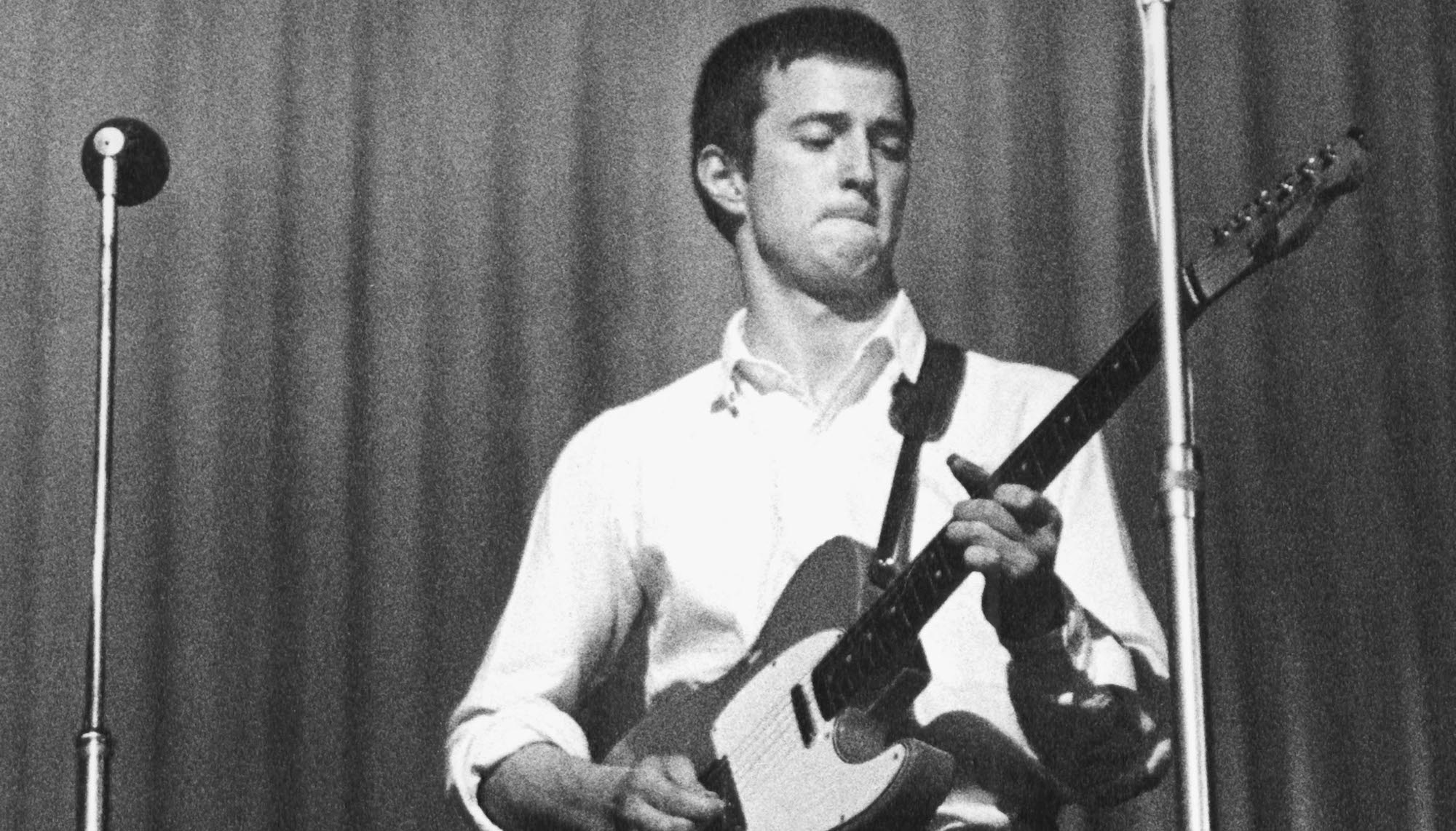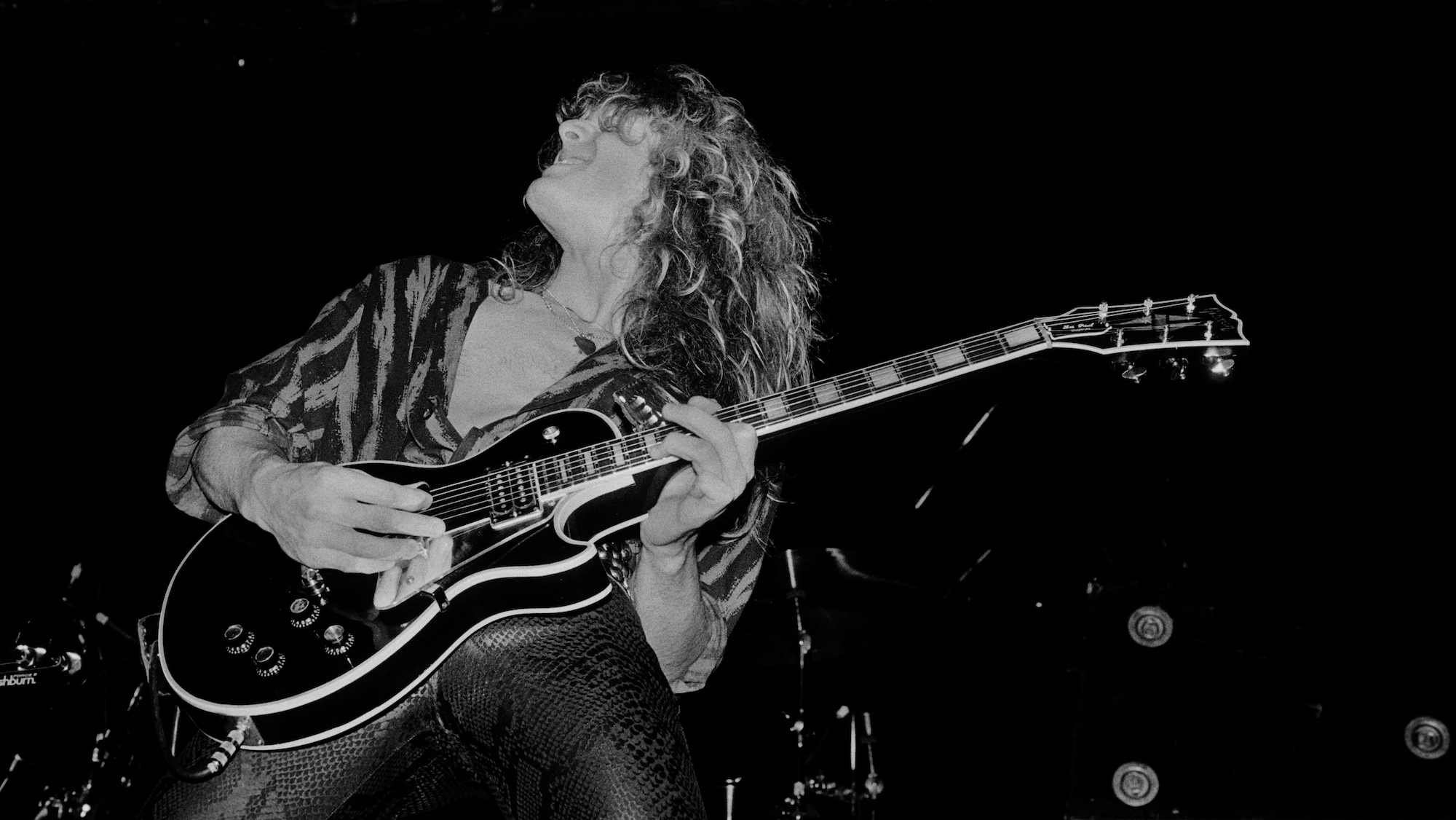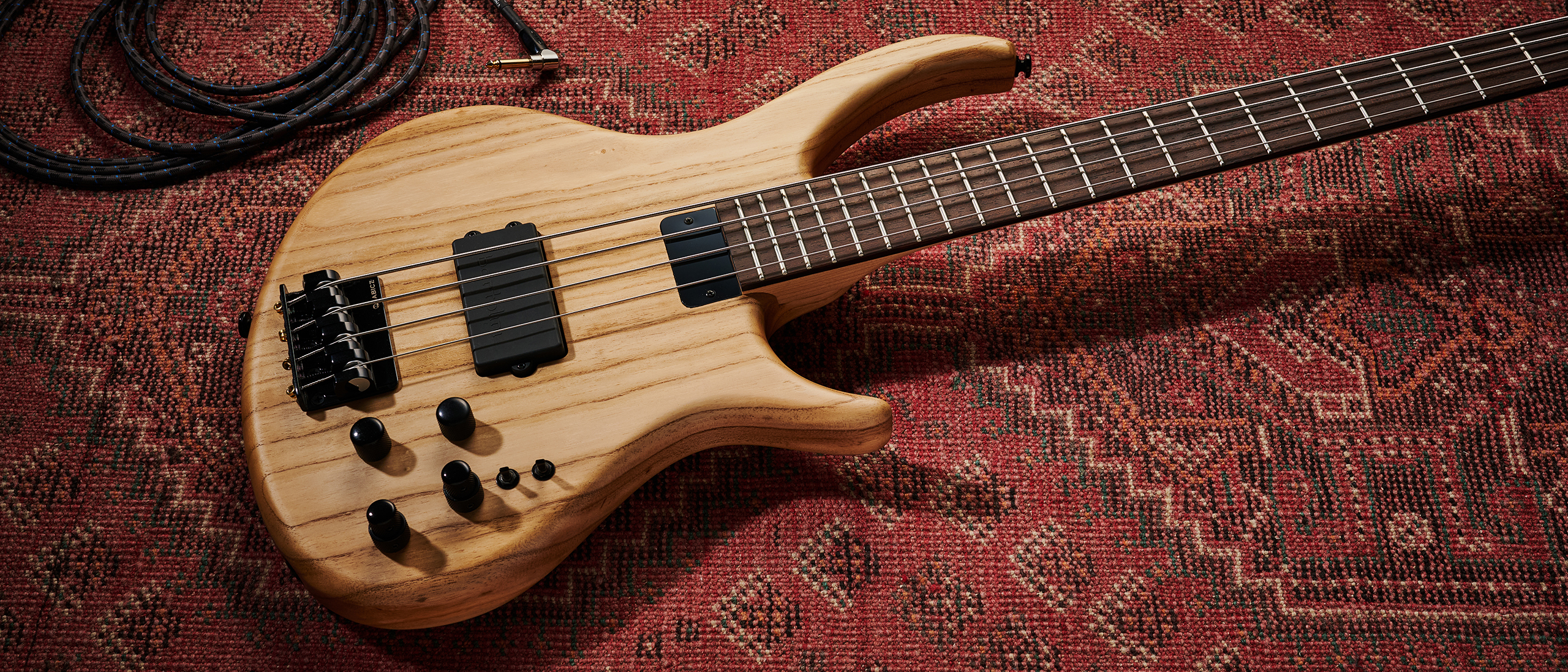“His performance should be studied by all bassists”: Played by a session great, this Chaka Khan line was hailed by Nathan East as “the perfect bassline”
Antony Jackson tuned his ‘career girl’ – a Fender hybrid consisting of a ’75 Jazz Bass body and ’73 Precision neck – down two whole steps for Move Me No Mountain

One of the more intriguing aspects of bassist Anthony Jackson's career – which includes the design and development of the 6-string contrabass guitar, and appearances on seminal jazz and fusion albums – is the high level of artistry and creativity he has been able to achieve on pop recordings.
Nowhere is this more evident than on his three consecutive Warner Bros albums with Chaka Khan. Of the three – Chaka, Naughty, and What Cha' Gonna Do For Me? – Naughty stands as Jackson's favorite, and a testament to an era of craftsmanship and indulgence long gone from the record business.
“When I reflect on the Naughty experience, I realize that it was right at a time when I was starting to develop and form my own style,” Jackson told Bass Player. “By project's end I had solidified many of my concepts.”

Jackson and his fellow session musicians convened at Atlantic Studios in midtown Manhattan in mid 1979 to record Naughty. The core rhythm section, built around ex-Average White Band members Hamish Stuart on guitar and Steve Ferrone on drums, plus Jackson, keyboardist Leon Pendarvis, and guitarist Jeff Mironov, created parts from demos and lead sheets.
After the two-week process was completed, Jackson told producer Arif Mardin he felt he could improve upon his basslines if he was given extra time. “I simply wasn't satisfied with what I'd done at the sessions. The songs were so good I felt they deserved more intensive parts.”
Mardin, with strings, horns, and final vocals still to be done, agreed. He gave Jackson cassettes of the six songs he played on (Willie Weeks, Marcus Miller, and Chaka's brother Mark Stevens covered for a previously booked Jackson on the album's other four tracks) and told him he'd call him in right before mixing – a period that turned out to be three months.
Jackson's creative process involved getting in his car each evening at sunset and driving around for hours while listening to the songs over and over. He began composing basslines in his head, which he memorized, leaving a little room for improvisation when he got back “between the monitors.”
Get The Pick Newsletter
All the latest guitar news, interviews, lessons, reviews, deals and more, direct to your inbox!
The results are exhilarating; from Jackson's deep-in-the-pocket, precisely executed grooves; to his Jamerson-esque chromaticism; and a take-no-prisoners fearlessness and tenacity.
Nathan East, who switched to 5-string after hearing Jackson's contrabass in the early '80s, told Bass Player, “Anthony's performance on Move Me No Mountain should be studied by all bassists. For me, it’s the perfect bassline, and it represents a standard of creativity that should be the barometer for all of us who consider ourselves to be studio bassists. Anthony Jackson is a genius.”
I played the last six notes as a sort of sweeping pattern intended to stand out from the measure's other notes.
The extra time provided by Mardin enabled Jackson to re-think the range of his parts, specifically in Clouds and Mountain, where he wanted a low C. Unfortunately, his first two 6-string basses, built by Carl Thompson, were retired, and he had yet to connect with Ken Smith, who would make his next contrabass.
That left Jackson, who was playing his “career girl” at the time – a Fender hybrid consisting of a ’75 Jazz Bass body, a ’73 Precision neck, and Rotosound Swing Bass strings – with only one option: tune the bass down two whole-steps.
“It was quite an education. I had to raise the bridge, raise the walnut nut slots by filling them with cement epoxy and sanding them, and fiddle with the truss rod, all to get a suitable string height and tension. And even then I had to use a very light touch when plucking, to keep the strings from flopping against the frets.”
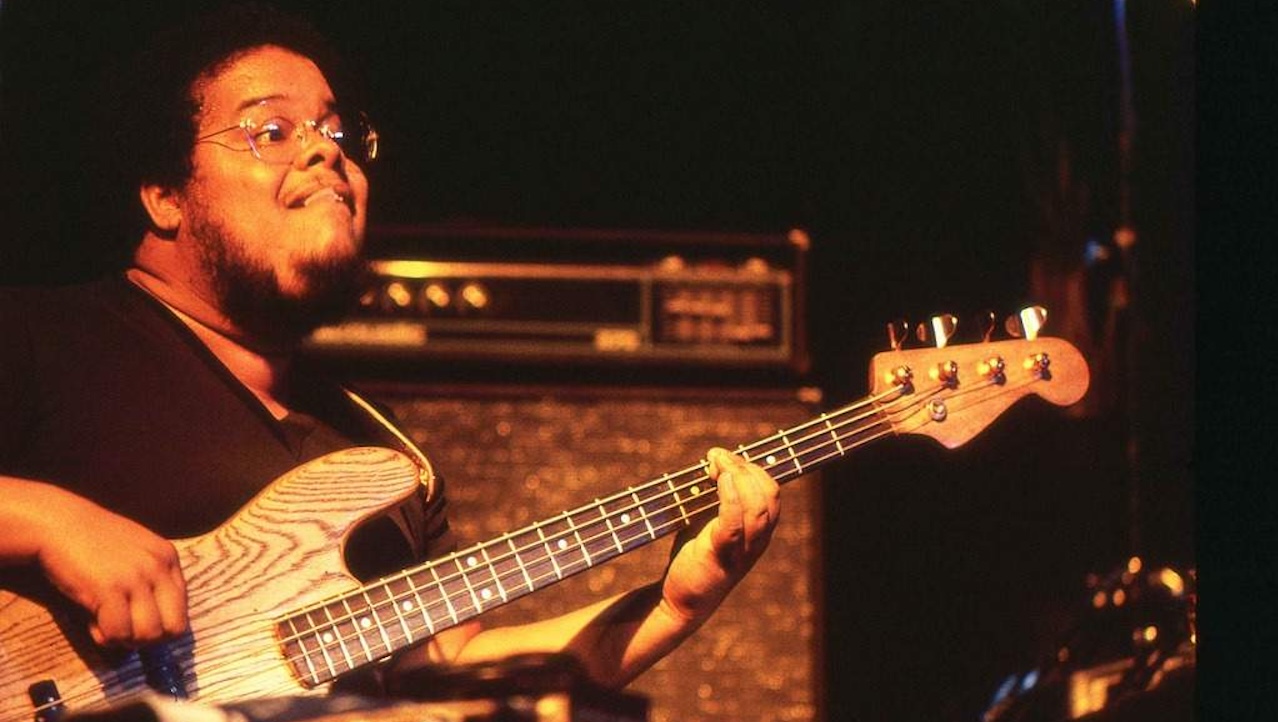
The track begins with Jackson's whole-notes in the intro; listen for how the long the low C in bar 3 rings, due to it being an open string.
Bar 6 contains one of the bass part's centerpieces, Jackson's octave-and-a-half fill. “I was proud of that – it was based on something I played on the original band take.” It also sets the tone for Jackson's arpeggio approach.
The first verse, at 00:46, establishes two themes: Jackson's frequent use of chromatic passing notes, and his decision to play busier, with more fills on the last four bars of the eight-bar verses, where the harmony moves to the Gbmaj7/Ab chord.
The most ear-grabbing of these in the first verse is at 00:59; note the tritone between Ab and D, which is a favorite Jackson device.
For the first chorus, at 01:05, Jackson takes a similar approach to his verse concept: He stays home with a set figure in the first four bars, but when the chord changes at 01:15 he adds some interest and motion.
Another notable aspect is Jackson’s seamless lock with drummer Steve Ferrone; among rhythm sections, the pair became known for being so tight you couldn't differentiate between Ferrone's kick and Jackson's bass notes.
“Steve is such a great pocket player, I found it really enhanced the groove to leave space. I would cut off my notes at times so they wouldn't ring into his snare drum hits. It became one of those intangibles that helped a track in an almost subliminal way.”
Verse two, at 01:40, contains more tasty chromatic moves and arpeggio-derived fills. Also emerging as the track moves to the second chorus is Jackson's love of 4ths. This leads to interesting tensions in the harmony, such as the Gb at 02:10 (the 4th of the Dbmaj7 chord over the Eb pedal).
Entering the final chorus, Jackson – having now developed the part up to full steam – adds some new devices. This includes the ground-shaking, kick-drum-locked quarter-notes beginning at 03:22, and the space Jackson leaves on beat one at 03:34.
“That was a nuance I later used to full effect on Steely Dan’s Glamour Profession, where I never play on beat one.”
The part's other centerpiece and veritable bass climax occurs in the form of the staggering fill at 03:30.
“I wanted to do something suggesting 4ths and suspensions, and that's what came out. I played the last six notes as a sort of sweeping pattern intended to stand out from the measure's other notes. Then I had to make the long jump from the 10th fret, G string (tuned to Eb) to the 3rd fret, E string (tuned to C) on the downbeat.”
Regaining his breath during the repeated chorus figure, Jackson has some fun with the phrase in the last four bars before the fade.
“It's important to note that the freedom I was given on Naughty sped up my growth as a player; I've never had an experience like it since. I owe a great debt to Arif and Chaka, who enthusiastically accepted and adapted to my contributions.”
In turn, the bass world owes thanks to Anthony Jackson for his preceding and continuing advancements to the art of the bass guitar.
Chris Jisi was Contributing Editor, Senior Contributing Editor, and Editor In Chief on Bass Player 1989-2018. He is the author of Brave New Bass, a compilation of interviews with bass players like Marcus Miller, Flea, Will Lee, Tony Levin, Jeff Berlin, Les Claypool and more, and The Fretless Bass, with insight from over 25 masters including Tony Levin, Marcus Miller, Gary Willis, Richard Bona, Jimmy Haslip, and Percy Jones.
You must confirm your public display name before commenting
Please logout and then login again, you will then be prompted to enter your display name.
“I asked him to get me four bass strings because I only had a $29 guitar from Sears”: Bootsy Collins is one of the all-time bass greats, but he started out on guitar. Here’s the sole reason why he switched
“I got that bass for $50 off this coke dealer. I don’t know what Jaco did to it, but he totally messed up the insides!” How Cro-Mags’ Harley Flanagan went from buying a Jaco Pastorius bass on the street to fronting one of hardcore’s most influential bands


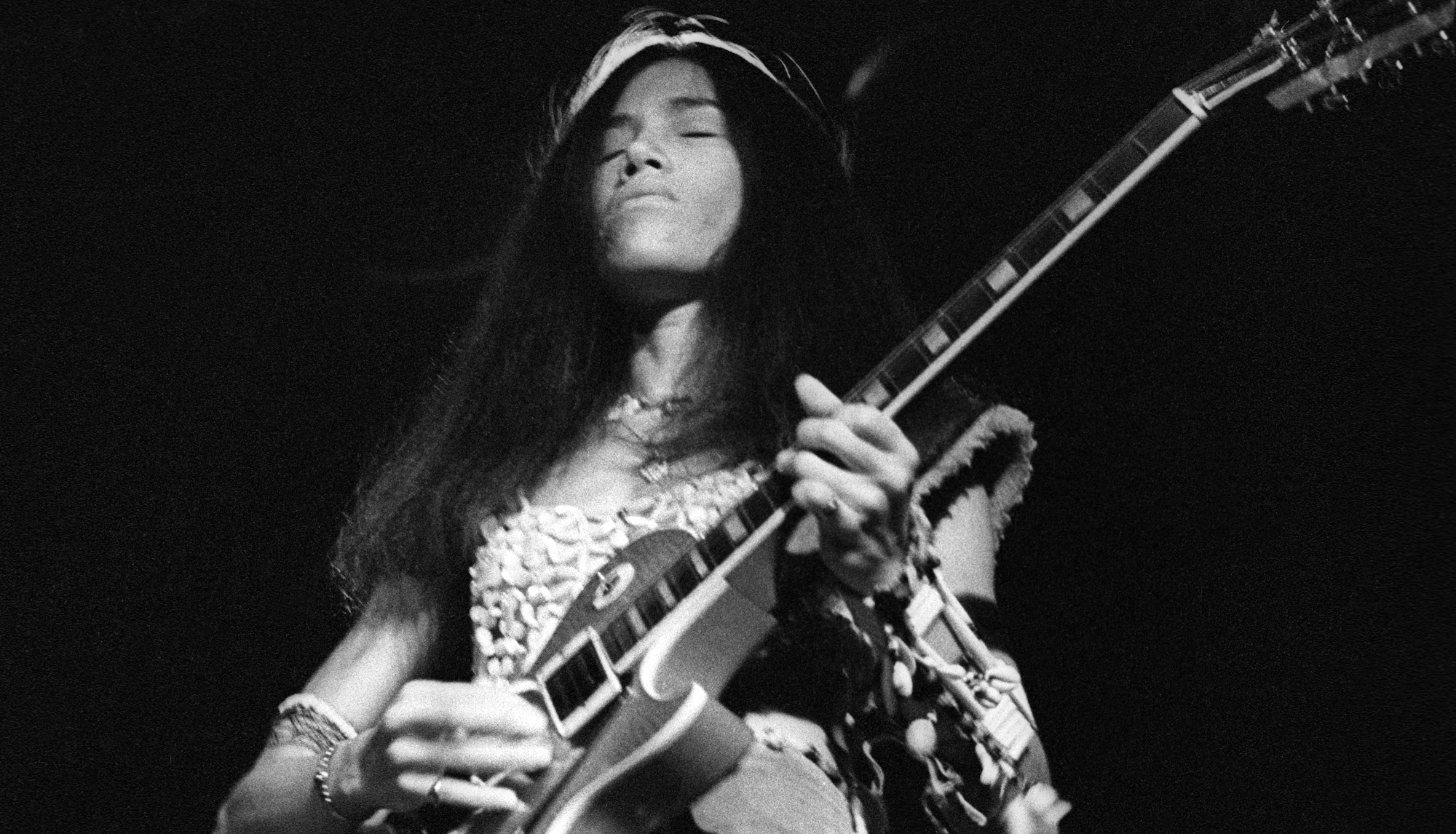
![A black-and-white action shot of Sergeant Thunderhoof perform live: [from left] Mark Sayer, Dan Flitcroft, Jim Camp and Josh Gallop](https://cdn.mos.cms.futurecdn.net/am3UhJbsxAE239XRRZ8zC8.jpg)
